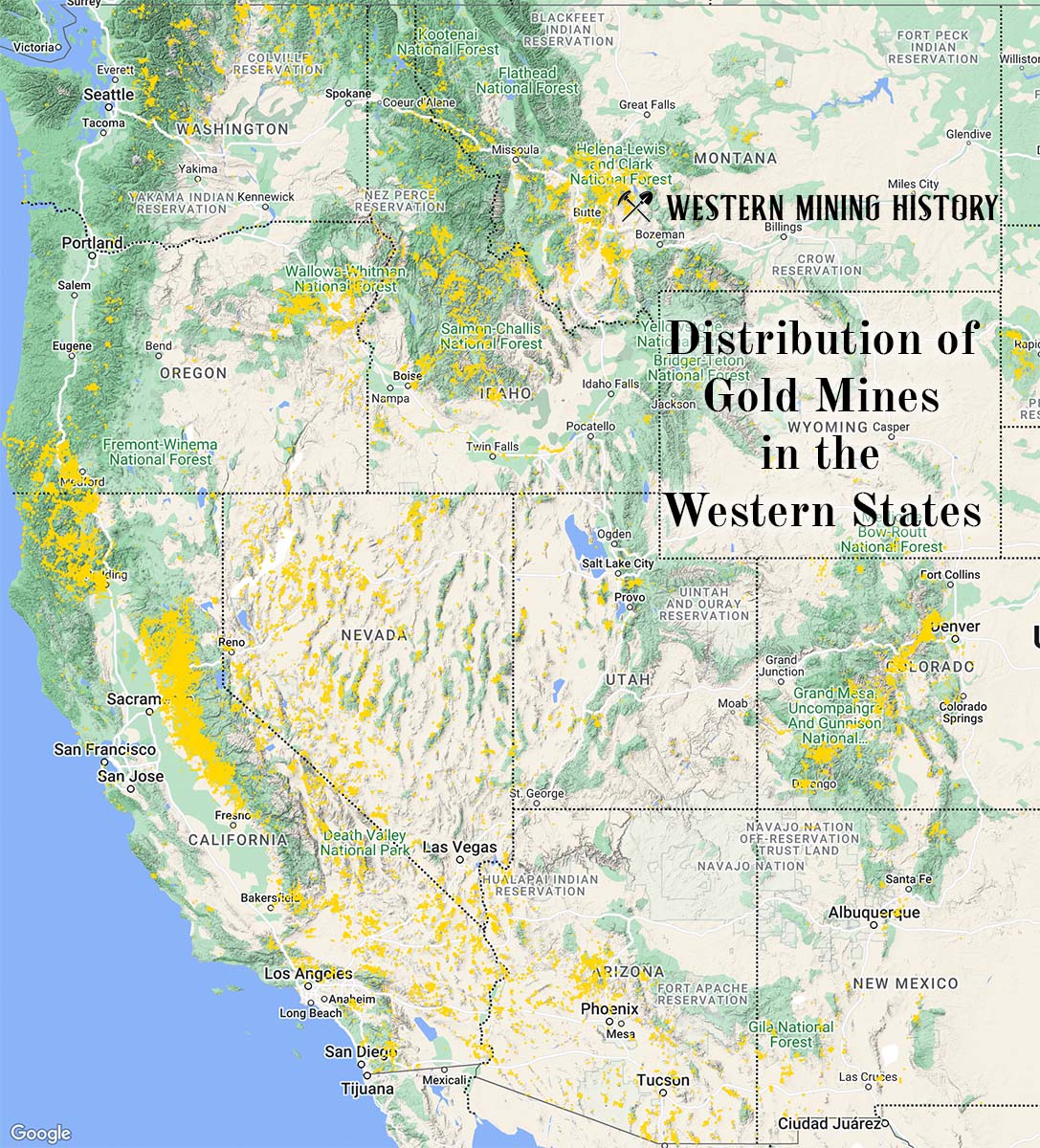The Skagway is a uranium mine located in Alaska.
About the MRDS Data:
All mine locations were obtained from the USGS Mineral Resources Data System. The locations and other information in this database have not been verified for accuracy. It should be assumed that all mines are on private property.
Mine Info
Skagway MRDS details
Site Name
Primary: Skagway
Commodity
Primary: Uranium
Location
State: Alaska
District: Juneau (Skagway subdistrict)
Land Status
Not available
Holdings
Not available
Workings
Not available
Ownership
Not available
Production
Not available
Deposit
Record Type: Site
Operation Category: Prospect
Operation Type: Unknown
Years of Production:
Organization:
Significant:
Physiography
Not available
Mineral Deposit Model
Model Name: Volcanogenic U
Orebody
Not available
Structure
Not available
Alterations
Alteration Type: L
Alteration Text: Clay alteration of rhyolite (?), iron staining.
Rocks
Not available
Analytical Data
Not available
Materials
Not available
Comments
Comment (Geology): Geologic Description = The following description if from Freeman (1963). A small altered body of rhyolite(?) is surrounded by medium-grained quartz diorite. The quartz diorite is cut by several large faults and is intruded by fine-grained andesitic dikes. Uranium occurs adjacent to a prominent, steeply dipping fracture in the rhyolite(?), where it is associated with iron oxide staining and globules of clay that resemble vesicle fillings. The highest grade sample of olive-green clay that was probably hand picked from vesicles in the rhyolite(?), contained 0.72% equivalent uranium and 1.2% uranium. The amount of this material is very small and most of the mineralization consists of highly altered rhyolite(?) stained with red and yellowish brown iron oxides that contained up to 0.22% equivalent uranium. No sulfides or gangue minerals were seen except for specks of purple fluorite. The age of the mineralization is not well established, but it is probably Tertiary based on the Paleocene and Eocene ages (Brew and Ford, 1994) of the intrusive rocks in the area.
Comment (Exploration): Status = Inactive
Comment (Reference): Primary Reference = Freeman, 1963
Comment (Workings): Workings / Exploration = One prospect pit yielded a few hundred pounds of specimens, but when inspected by USGS in 1956 no ore was in sight (Berg and Cobb, 1967).
Comment (Geology): Age = Probably Tertiary based on the Paleocene and Eocene ages (Brew and Ford, 1994) of intrusive rocks in the area.
Comment (Deposit): Model Name = Very little information. From the description of Freeman (1963), it is possibly a vein or fissure related uranium occurrence in highly altered rhyolite(?) (Cox and Singer, 1986; model 25f?).
References
Reference (Deposit): Berg, H.C., and Cobb, E.H., 1967, Metalliferous Lode Deposits of Alaska. U.S. Geological Survey Bulletin 1246, 254 p.
Reference (Deposit): Freeman, V.L., 1963, Examination of uranium prospects, 1956: U.S. Geological Survey Bulletin 1155, p. 29-33.
Reference (Deposit): Brew, D.A., and Ford, A.B., 1994, The coast mountains plutonic-metamorphic complex and related rocks between Haines, Alaska, and Fraser, British Columbia q tectonic and geologic sketches and Klondike Highway road log: U.S. Geological Survey Open-File Report 94-268, 25 p.
Reference (Deposit): Cobb, E.H., 1978, Summary of references to mineral occurrences (other than mineral fuels and construction materials) in the Mt. Fairweather and Skagway quadrangles, Alaska: U.S. Geological Survey Open-File Report 78-316, 123 p.
Reference (Deposit): Berg, H.C., 1984, Regional geologic summary, metallogenesis, and mineral resources of southeastern Alaska: U.S. Geological Survey Open-file Report 84-572, 298 p., 1 plate, scale approx. 1:600,000.
Reference (Deposit): Cobb, E.H., 1972, Metallic mineral resources map of the Skagway quadrangle, Alaska: U.S. Geological Survey Miscellaneous Field Studies Map MF-424, 1 sheet, scale 1:250,000.
The Top Ten Gold Producing States

These ten states contributed the most to the gold production that built the West from 1848 through the 1930s. The Top Ten Gold Producing States.